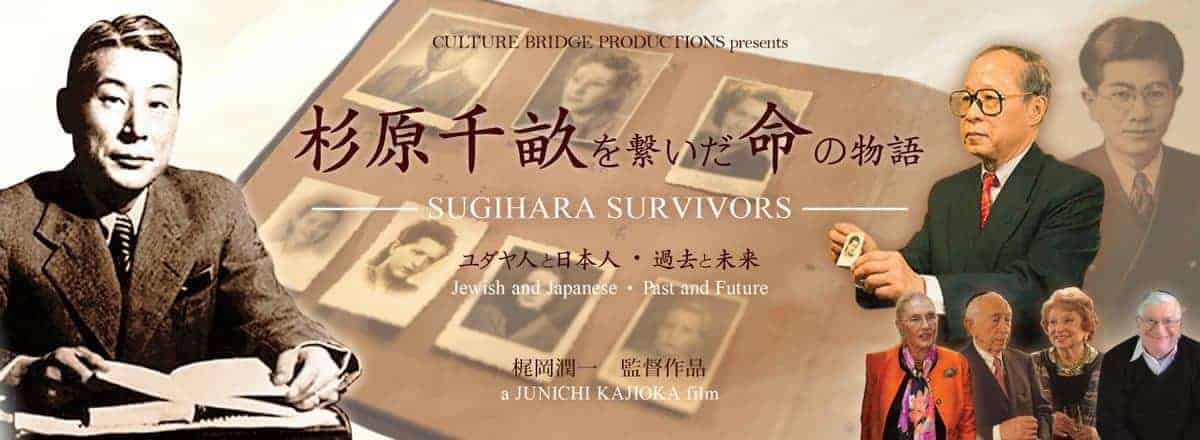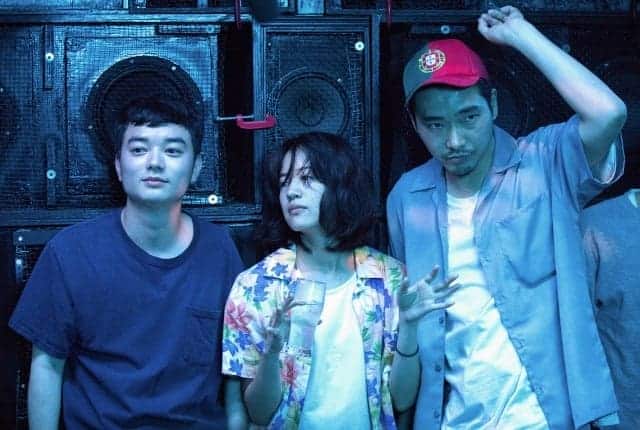The city of Sayama, a small town in Saitama, itself a suburb of the sprawling urban mass that is the Greater Tokyo Metropolitan Area, is the key character in the films of Mitsuo Kurihara. And as with the previous “Sayama City, Saitama Prefecture” (2019), “Regional Exchange Center, Iriso” shows a struggling artist trapped between two worlds on finding themselves back in their hometown.
“Regional Exchange Center, Iriso” review is part of the Submit Your Film Initiative
Riri messages her estranged aunt Nanoka (Maki Kuwabara) that her father is dead, and so she must leave central Tokyo and return home to sleepy Iriso. On arrival, she finds her father still alive, but he and her sister are not happy to see her. Having left for Tokyo to start a career as an idol, she has largely cut ties with her hometown. Though approaching middle-age, she has grown world-weary, now having an affair with her former manager. Her sister's stepdaughter, Riri, an aspiring musician, found Nanoka's old demos at home, and so lied to coax her back and help her launch her own career. But it's a life Nanoka no longer wants and wouldn't recommend. But, can she find joy in singing for pleasure once more?
We start with an intense train ride home for Nanoka, in a loud and claustrophobic environment that reflects her unease at returning. The noise and constant text-messaging show her cluttered mind, and the audience can feel it. But once off the train, we are calm as she walks past paddy fields next to houses, with a long, quiet shot giving a sense of time barely moving. This is a place close enough for the big city to feel a realistic dream, but worlds away from it culturally.
The tensions of urban versus rural run throughout, with Nanoka telling Riri that she will have no chance making it in the music industry in an area like Sayama and that she would have to go to Tokyo. It is also present in the relationship of the two sisters, with the elder having remained at home to look after their father and now taking care of a stepdaughter, while the younger ran away to Tokyo and now lounges all day drinking. But Nanoka's lost soul becomes found again on returning home, with a sense of community spirit absent from her life in the big city.
To start, the musical performances can feel a little awkward. But gradually these long takes grow charming in the natural awkwardness they create. Budget limitations mean that this feels more like a TV soap opera than a cinematic drama, but Kurihara uses his resources well enough. Kuwabara gives off an aura of Sakura Ando in parts, and shines in the central role.
The conclusion feels a little generic and doesn't pose as interesting questions as “Sayama City, Saitama Prefecture.” But with its measured charms, this doesn't drag and works within its limits, and is another chapter in Kurihara's love letter to the most ordinary of towns.

















